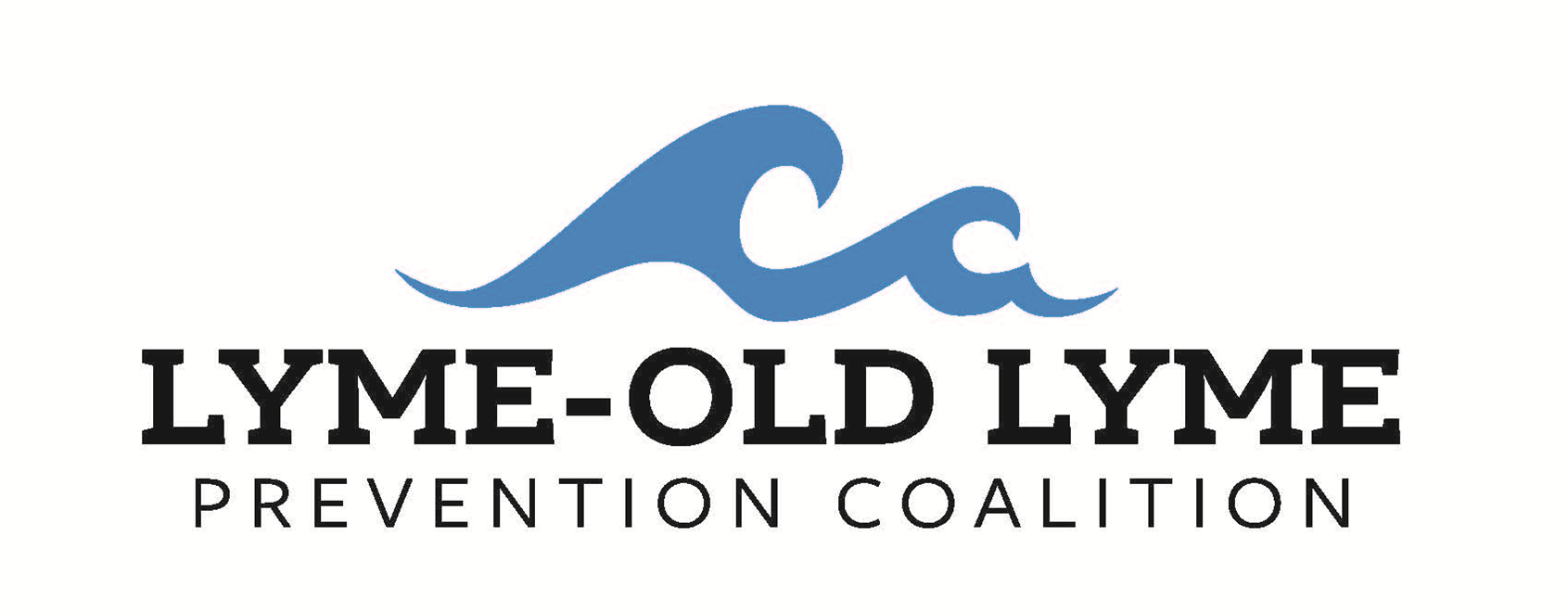The E-cigarette Epidemic Among Youth

The Lyme/Old Lyme Prevention Coalition is recognizing National Drug and Alcohol Fact Week (March 22-28) with a look at e-cigarettes, vaping and its impact on our youth. We are proud to be working with youth leaders at both the High School (REACH) and Middle School (Upstanders) to bring awareness to peers, families, and the community.
Considerable progress has been made in reducing cigarette smoking among our nation’s youth. However, the tobacco product landscape continues to evolve to include a variety of tobacco products, including smoked, smokeless, and electronic products, such as e-cigarettes. E-cigarettes are designed to deliver nicotine, THC (marijuana), flavorings, and other additives to the user via an inhaled aerosol. In 2018, more than 3.6 million U.S. youth, including 1 in 5 high school students and 1 in 20 middle school students, used e-cigarettes.
In 2019, Lymes’ Youth Service Bureau partnered with the schools to survey student use in grades 6-12. Data reveals that recent electronic cigarette use is reported by 10% of youth in grades 7-12 with use going up as students move to a higher grade.
E-cigarette aerosol is not harmless. Most e-cigarettes contain nicotine – the addictive drug in regular cigarettes, cigars, and other tobacco products. Nicotine exposure during adolescence can harm the developing brain – which continues to develop until about age 25. Nicotine exposure during adolescence can impact learning, memory, and attention. Using nicotine in adolescence can also increase risk for future addiction to other drugs. In addition to nicotine, the aerosol that users inhale and exhale from e-cigarettes can expose themselves and bystanders to other harmful substances, including heavy metals, volatile organic compounds, and ultrafine particles that can be inhaled deeply into the lungs.
Many e-cigarettes also come in kid-friendly flavors. In addition to making e-cigarettes more appealing to young people, some of the chemicals used to make certain flavors may also have health risks. E-cigarettes can also be used to deliver other drugs, including marijuana.
You Can Take Action
We must take steps to protect our children from these highly potent products that risk exposing a new generation of young people to nicotine. The bad news is that e-cigarette use has become an epidemic among our nation’s young people. However, the good news is that we know what works to effectively protect our kids from all forms of tobacco product use, including e-cigarettes. We must now apply these strategies to e-cigarettes, including USB flash drive shaped products such as JUUL and Puff Bars.
- You have an important role to play in addressing this public health epidemic.
- Learn about the different shapes and types of e-cigarettes and the risks of all forms of e-cigarette use for young people at https://e-cigarettes.surgeongeneral.gov/.
- Set a good example by being tobacco-free. If you use tobacco products, it’s never too late to quit. Talk to a healthcare professional about quitting all forms of tobacco product use. For free help, visit smokefree.gov or call 1-800-QUIT-NOW.
- Adopt tobacco-free rules, including e-cigarettes, in your home and vehicle.
- Talk to your child or teen about why e-cigarettes are harmful for them. It’s never too late.
- Talk early. Talk often.
- Get the Surgeon General’s tip sheet for parents, Talk With Your Teen About E-cigarettes, at https://ecigarettes.surgeongeneral.gov/.
- Start the conversation early with children about why e-cigarettes, including JUUL, are harmful for them.
- Let your child know that you want them to stay away from all tobacco products, including e-cigarettes, because they are not safe for them. Seek help and get involved.
-
- Set up an appointment with your child’s health care provider so that they can hear from a medical professional about the health risks of tobacco products, including e-cigarettes.
- Speak with your child’s teacher and school administrator about enforcement of tobacco-free school policies and tobacco prevention curriculum.
- Encourage your child to learn the facts and get tips for quitting tobacco products at Teen.smokefree.gov.
For more information or support- Alli Behnke, MSW- Prevention Coordinator LYSB abehnke@lysb.org www.lysb.org
